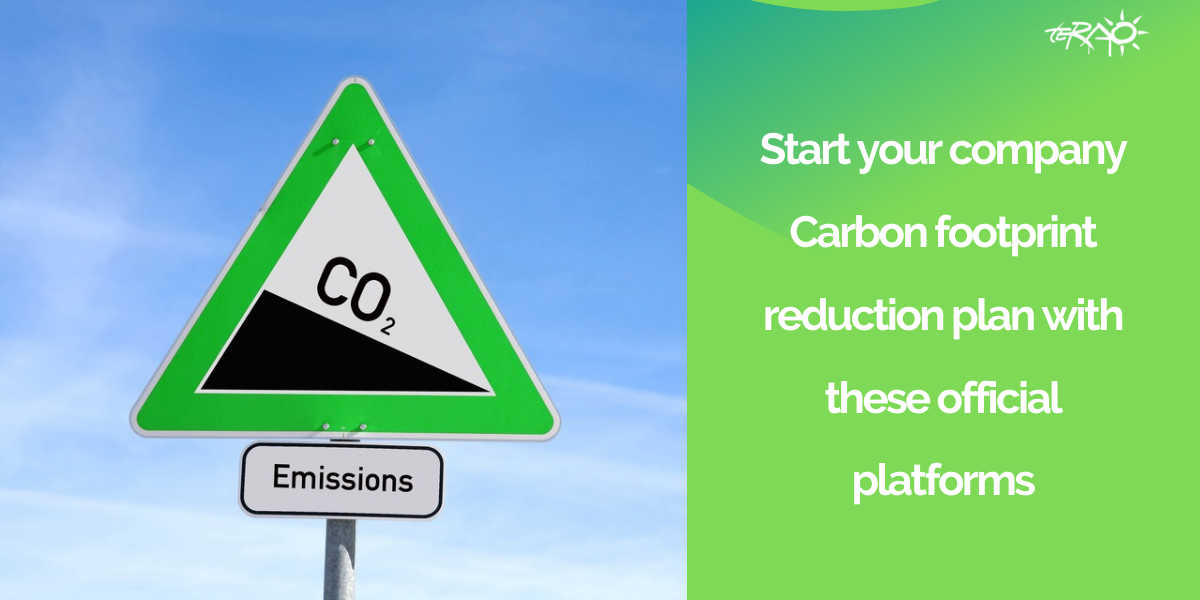Tag: low-carbon
Our clients recommend us: Alberto Sessolo, Country Manager of Radici Plastics Suzhou
Following the Paris Agreement, businesses are under increasing pressure to reduce their environmental impact. TERAO can help to assess the carbon footprint of companies, from the upstream to downstream emissions. Additionally, TERAO assists its clients in achieving their sustainability goals. Sustainability being within the DNA of RadiciGroup, the team was from the start interested in implementing various sustainable strategies on
TERAO China teambuilding in Huzhou
TERAO China teambuilding in Huzhou: a much-awaited event after releasing of COVID restrictions On Friday and Saturday 6th and 7th of January, our China team spent quality time together in a resort lost in the countryside, about 2 hour 30 minutes drive away from Shanghai city center. After the drive in the evening by our dear colleagues Tina and
[SEA – Vietnam] Visit of the GBCI Representative at TERAO Asia Vietnam office
Last Tuesday, Dec 6th, TERAO Asia team in Vietnam and Gaspard (via online meeting) had the honor to receive Mr. Santanu Dutta Gupta – Associate Director – Market Development of GBCI. The meeting started with a short introduction of the team members in the office and a brief introduction to TERAO Asia team in Vietnam. It was followed by a
[Company news] TERAO Asia moving to new office in Shanghai Wuding Road
We are happy to announce that Shanghai team has moved to a new office, in no. 555 Wuding Road shared office space. As we are green building consultants, apart from the rent price, we also chose our office according to its green features, let’s discover which ones together: Location and Transportation: Quality of Space: Quality of food and water:
Start your company Carbon footprint reduction plan with these official platforms (2/2)
As the second part of this carbon footprint reporting tool series, this article will focus on an analysis of CDP,UN Global Compact and RE100. CDP & UN Global Compact Both CDP and UN Global Compact initiatives date back to 2000. CDP was created by a global cooperation (UK, Germany and US) and UN Global Compact by the United Nations. Now, 21
Start your company Carbon footprint reduction plan with these official platforms
Recently, an increasing number of MNCs and SMEs have been paying more and more attention to their Carbon footprint. These companies are looking for different international initiatives to help them to reduce their Carbon footprint. To make it easier for companies to choose from a myriad of organizations, TERAO selected six of them and conducted a detailed survey: Carbon Trust,
Teambuilding for TERAO Asia team at the farm: low-carbon and small construction project
Last Friday 14th May, our team spent quality time together in a farm in Songjiang, about 1h30 drive away from Shanghai city center. After playing “Guess what I am thinking” game in the car, we arrived at the beautiful farm of Hemo maotian 禾墨泖田,in Huguang village 胡光村 in Songjiang district 松江区. Gaspard, the gym coach showing how to use this
Happy “Niu” Year from TERAO Asia team!
TERAO Asia team wishes all our friends and partners a happy, healthy & sustainable year of the Golden Ox! The Rat year has brought tough times to the world, and many have suffered from it. However, it enabled people to realize that healthy and sustainable buildings are of the upmost importance. We would like to thank again our customers &
Start assessing your carbon footprint with the GHG protocol
More and more asset owners pay attention to their Carbon Footprint, such as Fortune 500 companies. As we have mentioned already in our previous article “Carbon Footprint – Methodology”, the building sector is accountable for nearly 40% of annual global GHG (Greenhouse gas) emissions (9.2 GtCO2 in 2015 according to IEA). This carbon footprint can be evaluated using the GHG
Carbon Footprint – How to reduce the environmental impact?
Once the carbon footprint has been assessed through the dedicated methodology, cf. our article on Carbon footprint methodology it is possible to work on different solutions to reduce the emissions. In the building sector, there are many initiatives to control and minimize carbon emissions into the atmosphere. Optimization of built areas: Since one built square meter is equivalent to one
Carbon Footprint Methodology – How to assess your asset environmental impact?
The Carbon Footprint Methodology The carbon footprint of an entire site could be done using different methodology such as the French Bilan Carbone® approach or the Green House Gas Protocol approach. At TERAO we are used to working with the French methodology. The Bilan Carbone® approach is designed for all types of organizations and is compatible with other standards, such
A Low-Carbon approach for sustainable buildings
Greenhouse gas (GHG) reduction has become a hot topic (this is the least we can say) in recent decades, to fight against global warming. The building sector is accountable for nearly 40% of annual global GHG emissions (9.2 GtCO2 in 2015 according to IEA). Therefore, a great interest is shown in making an effort to reduce GHG gases by designing














![[Case Study]Boosting Productivity and Safety Through Optimized Factory Comfort](https://teraoasia.com/wp-content/uploads/2025/09/Cover-photo-150x150.png)
Recent Comments